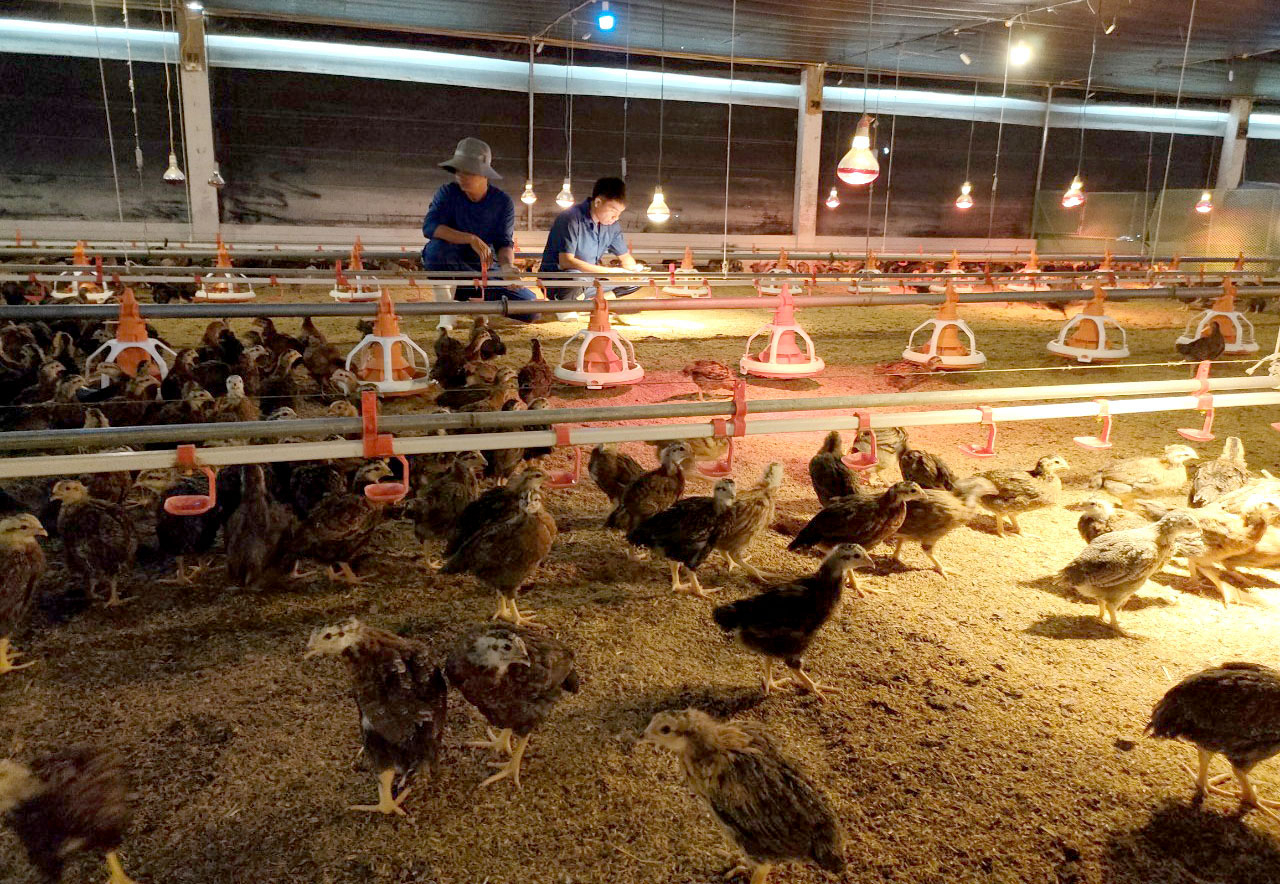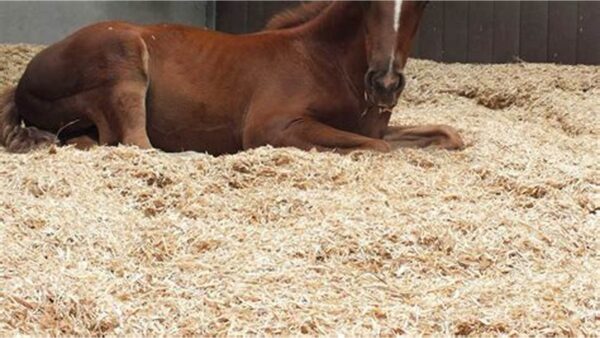The Dangers of Dirty Bedding in Livestock Farming and Why Wood Shavings Are the Solution

Maintaining a clean and hygienic environment in livestock farms is essential for the health of animals and the farmers who manage them. Dirty bedding in stables and coops poses significant risks to horses, chickens, and farmers, leading to health complications, reduced productivity, and economic losses. Contaminated bedding, often saturated with urine, feces, or moisture, becomes a breeding ground for pathogens, compromising animal welfare and farm efficiency. To address these issues, wood shavings emerge as the cheapest, most sustainable, and cleanest bedding solution, offering a practical way to mitigate the dangers of dirty bedding and promote a healthier farm environment. This article explores the detrimental effects of dirty bedding and highlights why wood shavings are an optimal choice for livestock farmers.
Health Risks to Horses from Dirty Bedding
Horses are particularly vulnerable to the adverse effects of dirty bedding in stables. When bedding materials such as straw or low-quality alternatives become soiled, they harbor bacteria, fungi, and parasites that thrive in damp, organic-rich environments. One of the most common issues is thrush, a bacterial infection affecting the frog of the horse’s hoof, which can lead to lameness if untreated. The moist conditions of dirty bedding soften hooves, increasing susceptibility to bruising, cracking, and white line disease, where the hoof wall separates and becomes prone to infections. These conditions not only cause discomfort but also require costly veterinary interventions, impacting the horse’s performance and the farmer’s bottom line.
Dirty bedding also contributes to poor air quality in stables. Ammonia fumes from urine-soaked bedding irritate the respiratory system, potentially causing chronic conditions like heaves, a form of equine asthma that impairs breathing and reduces stamina. Horses in poorly ventilated stables with contaminated bedding are at higher risk of respiratory distress, which can compromise their overall health and longevity. Additionally, prolonged contact with soiled bedding can lead to skin irritations or infections, as horses are forced to rest on contaminated surfaces, further affecting their well-being and increasing stress levels.
Impact on Chickens in Poultry Farming
Chickens are equally susceptible to the negative consequences of dirty bedding in coops. Soiled bedding fosters the growth of harmful pathogens such as E. coli, Salmonella, and Coccidia, which can trigger diseases like coccidiosis, leading to diarrhea, weight loss, and reduced egg production. These health issues directly affect farm profitability, as diseased flocks require expensive treatments and may suffer higher mortality rates. Wet bedding also promotes mold growth, which can cause respiratory infections like aspergillosis, a fungal disease affecting the lungs and air sacs of chickens. Poor air quality from ammonia buildup further weakens the birds’ immune systems, making them more prone to infections.
Behavioral issues also arise in chickens housed in dirty coops. Damp or soiled bedding discourages natural behaviors such as dust bathing, leading to stress, aggression, and feather pecking within the flock. These behaviors can escalate to cannibalism, further reducing flock health and productivity. According to research, maintaining clean bedding is critical for reducing disease risks and ensuring optimal poultry performance, as dirty environments significantly increase the incidence of infections and stress-related issues.
Consequences for Farmers
Farmers working in environments with dirty bedding face significant health and economic challenges. Prolonged exposure to ammonia vapors from soiled bedding can cause respiratory irritation, leading to symptoms such as coughing, wheezing, or chronic bronchitis. Handling contaminated bedding also increases the risk of zoonotic diseases, where pathogens like Salmonella or E. coli can transfer to humans, posing a serious health hazard, particularly for those with weakened immune systems. Skin contact with dirty bedding can result in irritations or infections, adding to the occupational risks of farming.
Economically, dirty bedding leads to increased costs due to higher rates of animal illness, necessitating frequent veterinary visits and treatments. For poultry farmers, reduced egg production and higher mortality rates directly impact revenue. In horse farming, lameness or respiratory issues can diminish the value of performance animals, affecting sales or breeding potential. Additionally, the labor required to clean heavily soiled bedding is time-intensive, diverting resources from other essential farm tasks. Poor hygiene standards can also harm a farm’s reputation, making it harder to attract buyers who prioritize animal welfare and product quality.
Wood Shavings: A Cost-Effective and Sustainable Solution
Wood shavings offer a practical and affordable solution to the problems caused by dirty bedding. Unlike straw, which has limited absorbency and can exacerbate conditions like laminitis in horses due to its sugar content, wood shavings can absorb up to 300-400% of their weight in moisture. This high absorbency keeps stables and coops dry, reducing the risk of bacterial and fungal growth. Wood shavings are also biodegradable and break down quickly in compost, making them an environmentally sustainable choice that aligns with modern farming practices aimed at reducing ecological impact.
From a hygiene perspective, high-quality wood shavings are low in dust and free of pathogens when sourced responsibly, minimizing respiratory risks for both animals and farmers. Their lightweight nature makes them easy to handle, spread, and replace, reducing labor costs compared to heavier or less absorbent materials like peat or straw pellets. Wood shavings also help control ammonia odors, improving air quality and creating a more comfortable environment for livestock. For budget-conscious farmers, wood shavings are often the most cost-effective bedding option, especially when purchased in bulk from local suppliers, offering significant savings over alternatives like hemp or synthetic bedding.
Best Practices for Using Wood Shavings
To maximize the benefits of wood shavings, farmers should implement a consistent bedding management strategy. In horse stables, a thick layer of wood shavings should be spread evenly, with soiled areas removed daily and replaced with fresh material to maintain dryness and hygiene. For chicken coops, wood shavings should be layered to allow for regular turning and cleaning, preventing moisture buildup and pathogen growth. Regular monitoring and maintenance, combined with proper ventilation, can significantly reduce disease risks, as demonstrated in modern poultry farming practices that utilize biological bedding to enhance hygiene.
Farmers should source wood shavings from reputable suppliers to ensure they are free of chemicals, mold, or contaminants that could harm animals. Storing shavings in a dry, covered area preserves their quality and effectiveness. By integrating wood shavings into a comprehensive farm hygiene plan, including regular cleaning and animal health checks, farmers can create a safer and more productive environment for their livestock.
Conclusion
Dirty bedding in stables and coops poses serious risks to horses, chickens, and farmers, from infectious diseases and respiratory issues to economic losses and reputational damage. By adopting wood shavings as a bedding material, farmers can address these challenges effectively. Wood shavings offer a cost-effective, sustainable, and hygienic solution that reduces pathogen growth, improves air quality, and enhances animal welfare. Investing in high-quality wood shavings and maintaining diligent cleaning practices is a critical step toward ensuring the health of livestock and the long-term success of farming operations.

